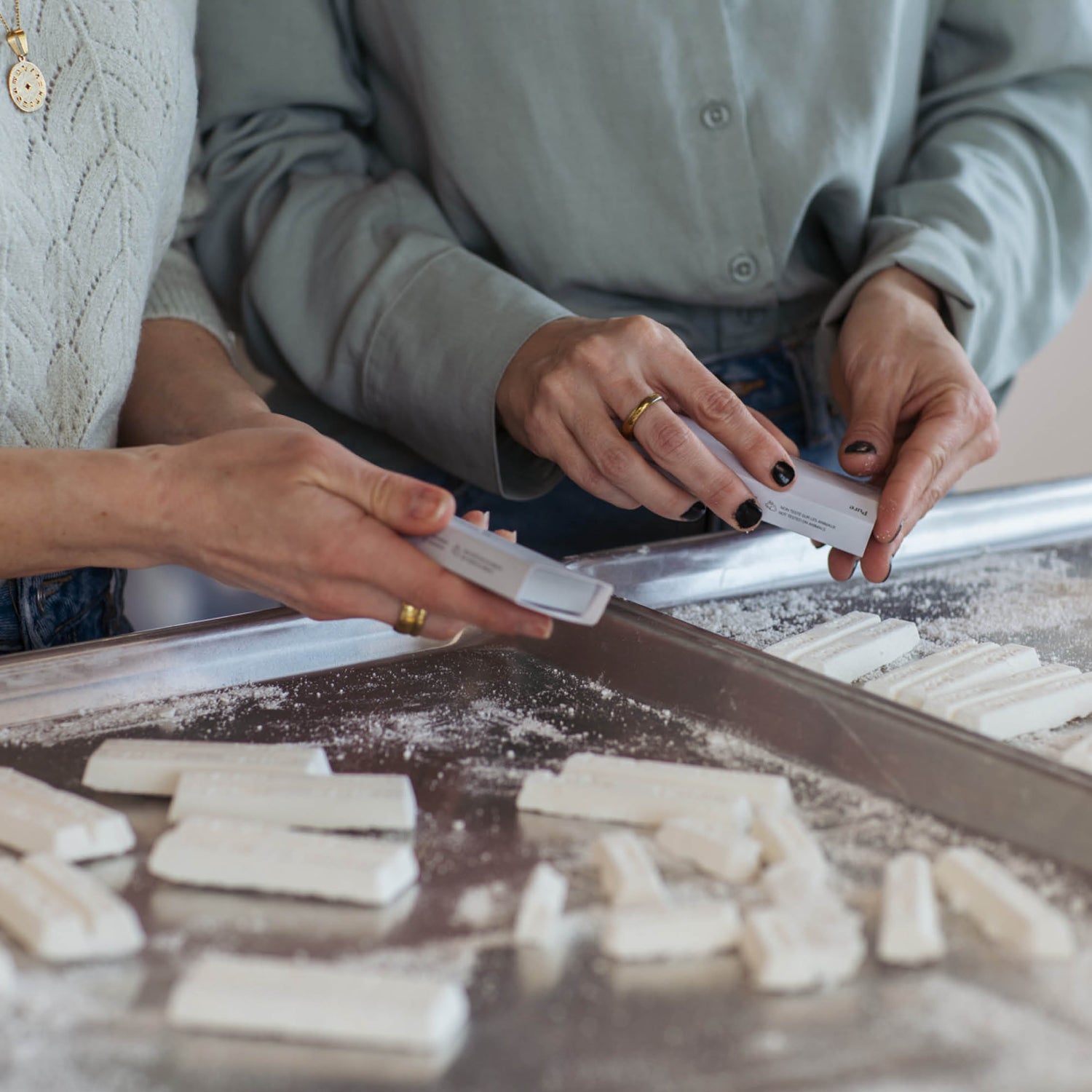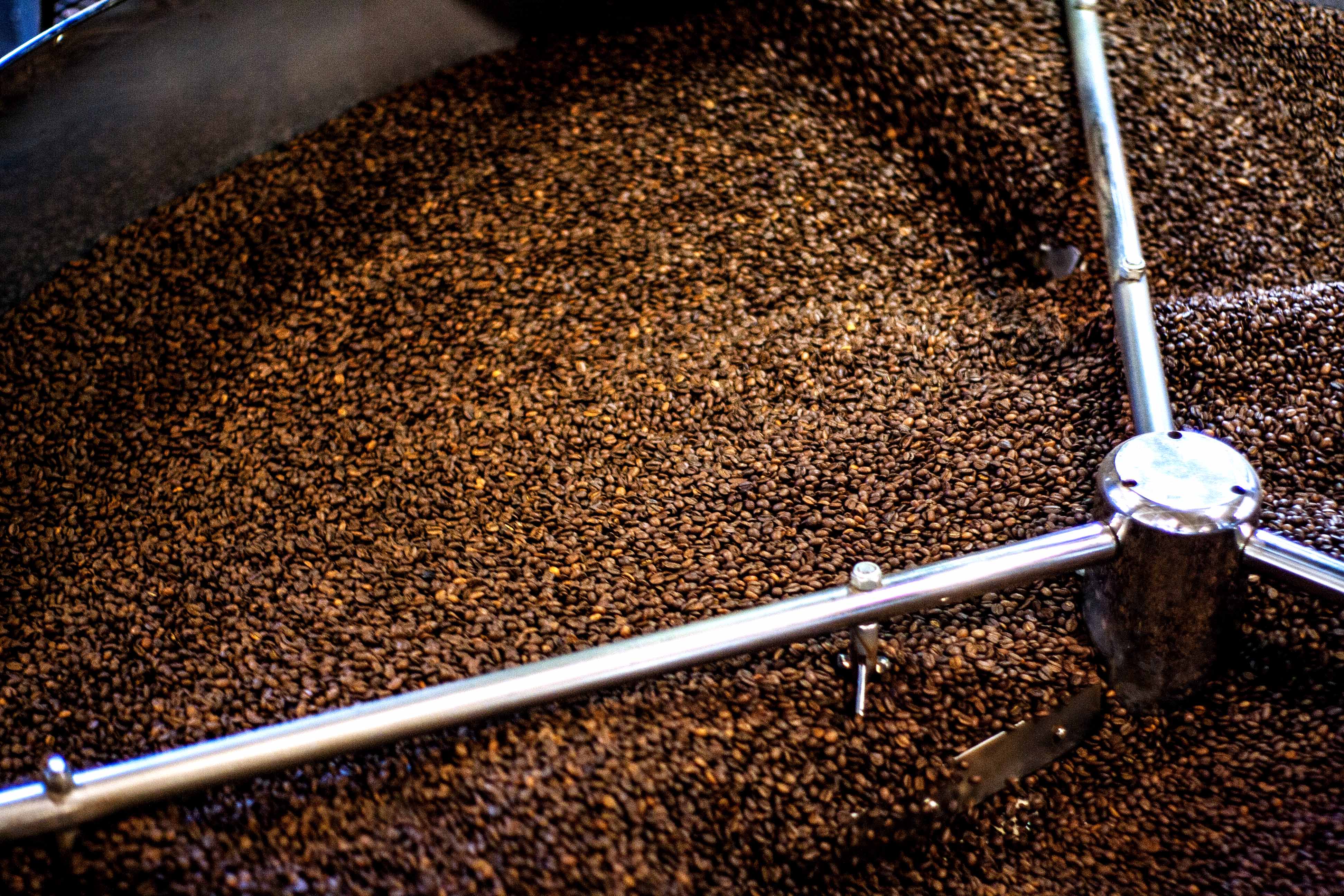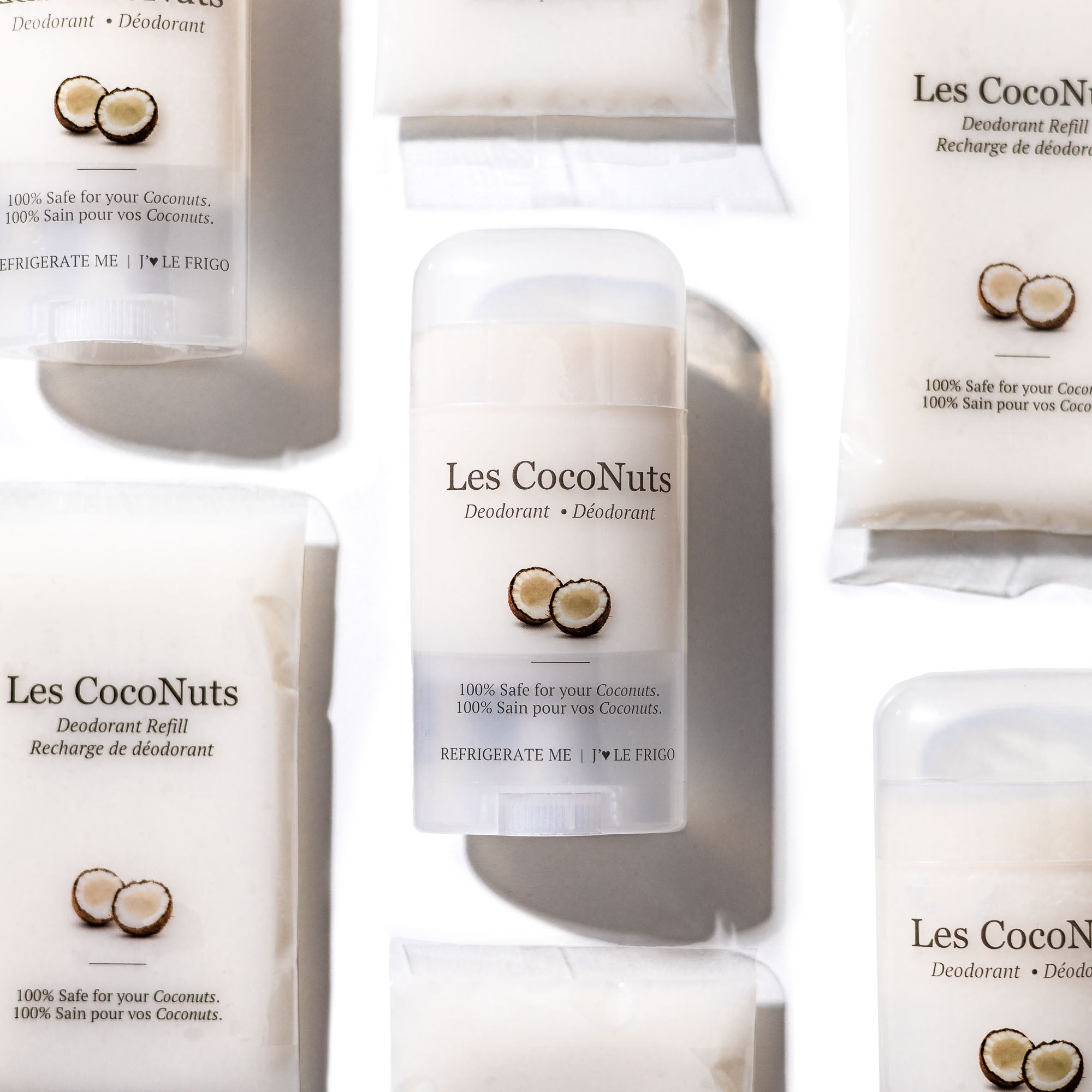“Made in Quebec” has been in fashion for the past few years. A flagship movement at the heart of the pandemic, several companies have started to mention loud and clear that their products are “made here”. Many platforms selling “local” products have also emerged. This is notably the case with Panier Bleu, my Zone Québec, Inédit du Nord, Shop moi ça and many others.
However, there is a distinction between a local business and a business that produces local products. What contributes to creating wealth locally, which reduces Quebec's dependence on the outside world, is to consume products with Quebec content developed in Quebec thanks to its know-how and its resources. In other words, buying local first takes on its meaning in the fact of consuming products that are actually made in Quebec, beyond the mailing address of the company's head office or the place where the products were designed.
But, how can we really know if a product is made in Quebec? We show you our tricks.
What is a “designed in Quebec” product?
It is the products bearing the mention "designed in Quebec" that most often deceive consumers looking for a product made in Quebec. A product designed in Quebec is a manufactured product whose design and conception are carried out on Quebec soil, but not the manufacturing.
However, many transactional platforms for local products include products whose design was carried out in Quebec, without them being manufactured there. This is why it is important to take the time to learn about the real origin of a product when it is not accompanied by the mention "Made in Quebec".
How can I be sure that the product I buy is made here?
If the country of origin is not mentioned on the description of the product you are interested in, it is probably because the latter is not manufactured here. To be sure, you can contact the company directly to ask them the question and find out more about the manufacture of their products. However, it is a process that can be long and that is not always possible to do.
To avoid this process, Signé Local has made it its mission to identify and group these companies on its online store and business directory .

A member company verification process is in place. This process makes it possible, among other things, to verify that the company is legally constituted and that it complies with the applicable standards. But above all, this process ensures that the products offered on the platform are designed and manufactured in Quebec with materials or ingredients that mainly come from Quebec.
What do we mean by materials or ingredients that come mainly from Quebec?
Dawei Ding, general manager and co-owner of Signé Local mentions, speaking of the selection process, that “if the manufacturing expertise of a piece of equipment exists in Quebec, it must be of local origin. On the other hand, if the raw material is not produced or available here, as is the case with coffee beans, for example, the raw material can be imported, but its processing must take place in Quebec. In the case of coffee, we are talking about roasting and packaging on Quebec soil”.
Let’s demystify the regulations surrounding “made in Quebec”
There are no specific regulations in Quebec regarding the labeling of products. However, the provincial government has supported the establishment of the NPO Les Produits du Québec in 2022, which offers three levels of certification to facilitate the identification of goods produced, manufactured or designed in Quebec.
Product of Quebec:
-
A manufactured product of which at least 85% of the direct costs related to the purchase of inputs (including raw materials), their transformation and their assembly are incurred in Québec.
The last substantial transformation of the product must be carried out in Quebec.
- Example: Poche & Fils sweaters

Made in Quebec:
-
A manufactured product whose last substantial transformation of the product is carried out in Quebec.
- Example: Abieze cleaning products

Designed in Quebec:
- A manufactured product whose workforce assigned to design and development activities is located in Quebec.
- Example: Vegetable leather handbag designed in Quebec and made overseas

Source: lesproduitsduquebec.com
“Product of Quebec” and “Made in Quebec”
Although certification now exists in Quebec, the official legislation that applies to product labeling is federal legislation. We've written a full article on the difference between "produced in Canada" and "made in Canada" .
In the case of "produced in Canada", 98% of the direct production and manufacturing costs must have been incurred in Canada, while for products "made in Canada", 51% of the costs must have been engaged in the country. In addition, for both categories of products, the last substantial transformation must have been carried out in the country.
The same logic therefore normally applies to Quebec companies that decide to affix a “product of Quebec” or “made in Quebec” label.
Where it gets confusing is when a company uses the term “designed in Quebec”, which is often confused with the mention “made in Quebec”.
In summary :
Product of Quebec:
- The last substantial transformation was carried out in Quebec
- A manufactured product of which at least 98% of the direct costs related to the purchase of inputs (including raw materials), their transformation and their assembly are incurred in Québec.
- Example: Virgin Mad y Maple Syrup

Made in Quebec:
- The last substantial transformation was carried out in Quebec
- A manufactured product of which at least 51% of the direct costs related to the purchase of inputs (including raw materials), their transformation and their assembly are incurred in Québec.
- Example: All the products on the Signé Local store

Designed in Quebec:
- A manufactured product whose workforce assigned to design and development activities is located in Quebec.
- Example: Vegetable leather handbag designed in Quebec and made overseas

Granted, it is not always obvious whether the products of companies here are actually made in Quebec. By purchasing your products from Signé Local, you are therefore ensuring that you are buying products from local artisans that are entirely made here!
The next time you shop for local products on the web, pay attention to the messages conveyed by the brand in order to make an informed choice!
Ariane Lessard
Reviewed by MF Editorial
Cover photo: Abieze






Leave a comment
This site is protected by hCaptcha and the hCaptcha Privacy Policy and Terms of Service apply.